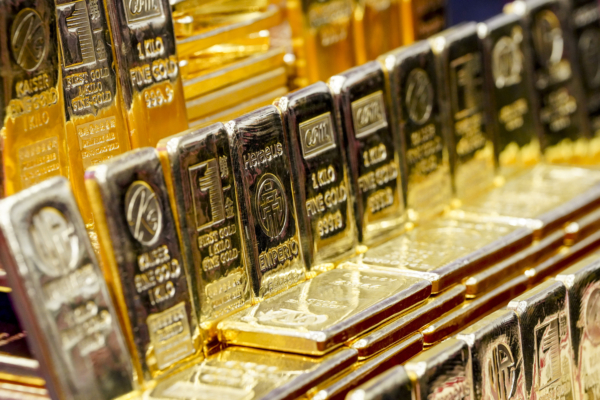Recently, despite a slight retreat from historical highs, international gold prices have remained at around $4,000 per ounce, signaling that gold is no longer merely a safe-haven asset.
According to CNBC, faced with the sky-high value of gold assets, the global ultra-high-net-worth individuals are breaking traditional norms: they are no longer leaving gold bars sitting idle in vaults but instead generating stable cash flow or gold income from their physical gold through “gold leasing.”
Traditionally, gold has been seen as a non-income-generating asset, with returns only coming from capital gains due to price increases. However, in the current backdrop of rising gold prices, the wealthy are challenging this notion.
Keith Weiner, founder and CEO of Monetary Metals, pointed out, “People are no longer just buying gold and waiting for it to reach $5,000. Regardless of the price, they want to hold it – and then their immediate thought is: how do I put it to work?”
Market data confirms the emergence of this trend. The leasing volume on the SafeGold platform has skyrocketed from $2 million to $40 million in just a few months. The leasing yields offered by the platform are highly attractive, with non-collateralized leases providing up to a 4% annualized return (paid in gold as interest).
For affluent investors, gold leasing offers triple benefits: earning stable income from assets that do not generate interest; lease interest paid in gold, meaning investors avoid currency depreciation risk. Plus, they can profit from the value of gold without having to sell it.
Another reason for the rise in gold leasing is strong market demand, mainly from downstream participants in the gold supply chain in need of funds – refineries, jewelers, and manufacturers.
Despite the attractive returns, gold leasing is not without risks. Industry experts caution that this model carries counterparty risk, where borrowers may fail to repay gold on time or in full, and there may even be fraud risks.
To attract and protect ultra-high-net-worth clients, leasing platforms must take extremely rigorous measures, including physical verification, high-tech tracking, and 24/7 on-site monitoring.
In conclusion, with the continued massive buying by central banks and geopolitical uncertainties providing dual support, gold’s role as a safe-haven asset has solidified. The emergence of the gold leasing market positions it as a powerful tool for wealthy investors to combat currency devaluation and simultaneously earn “passive income.”

